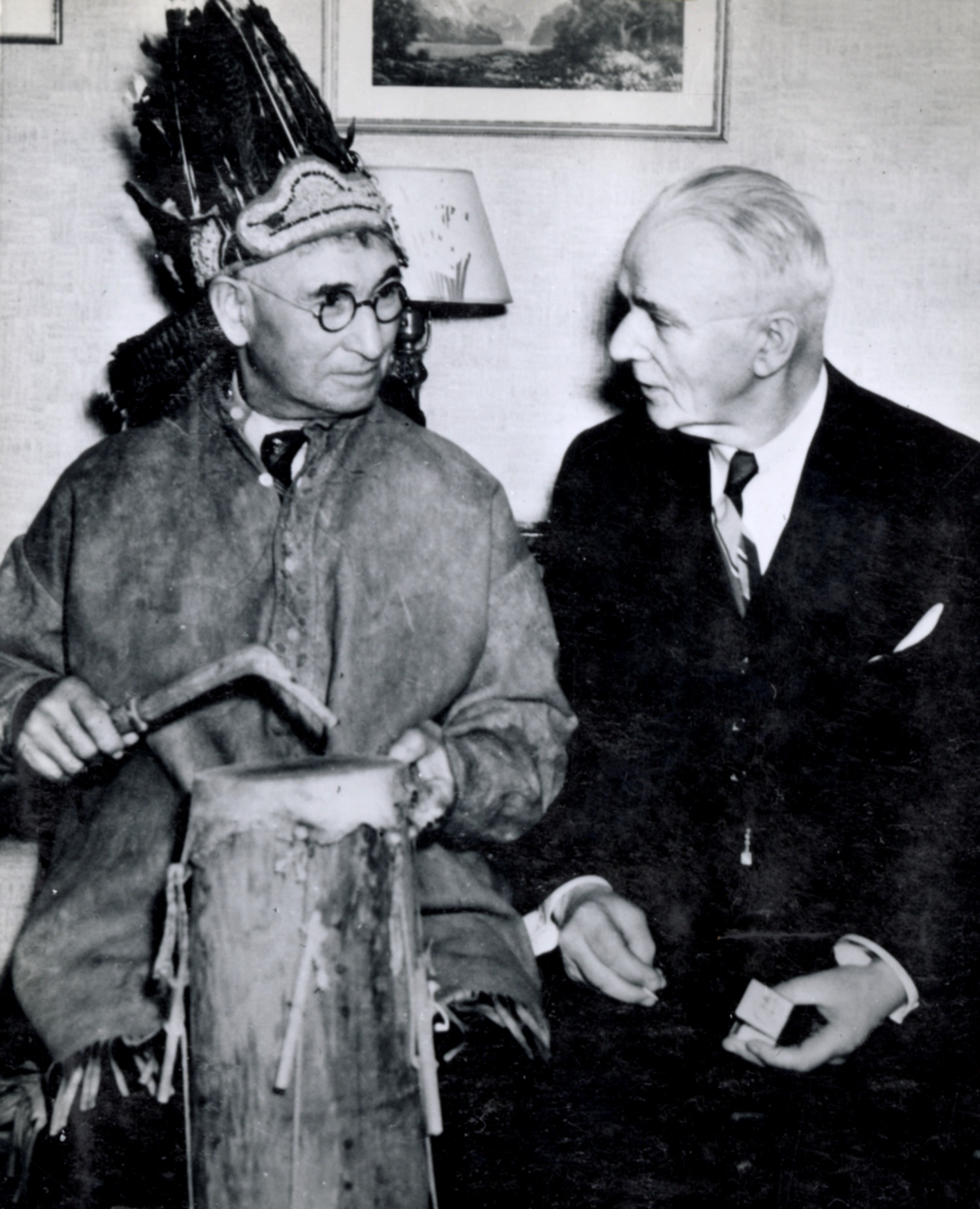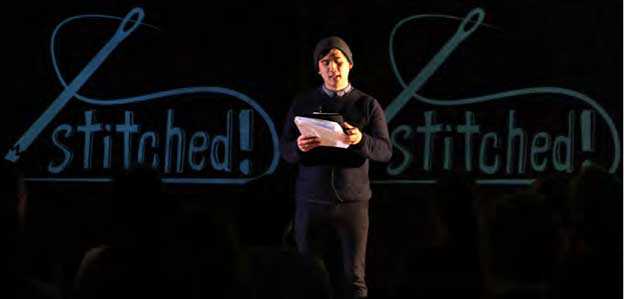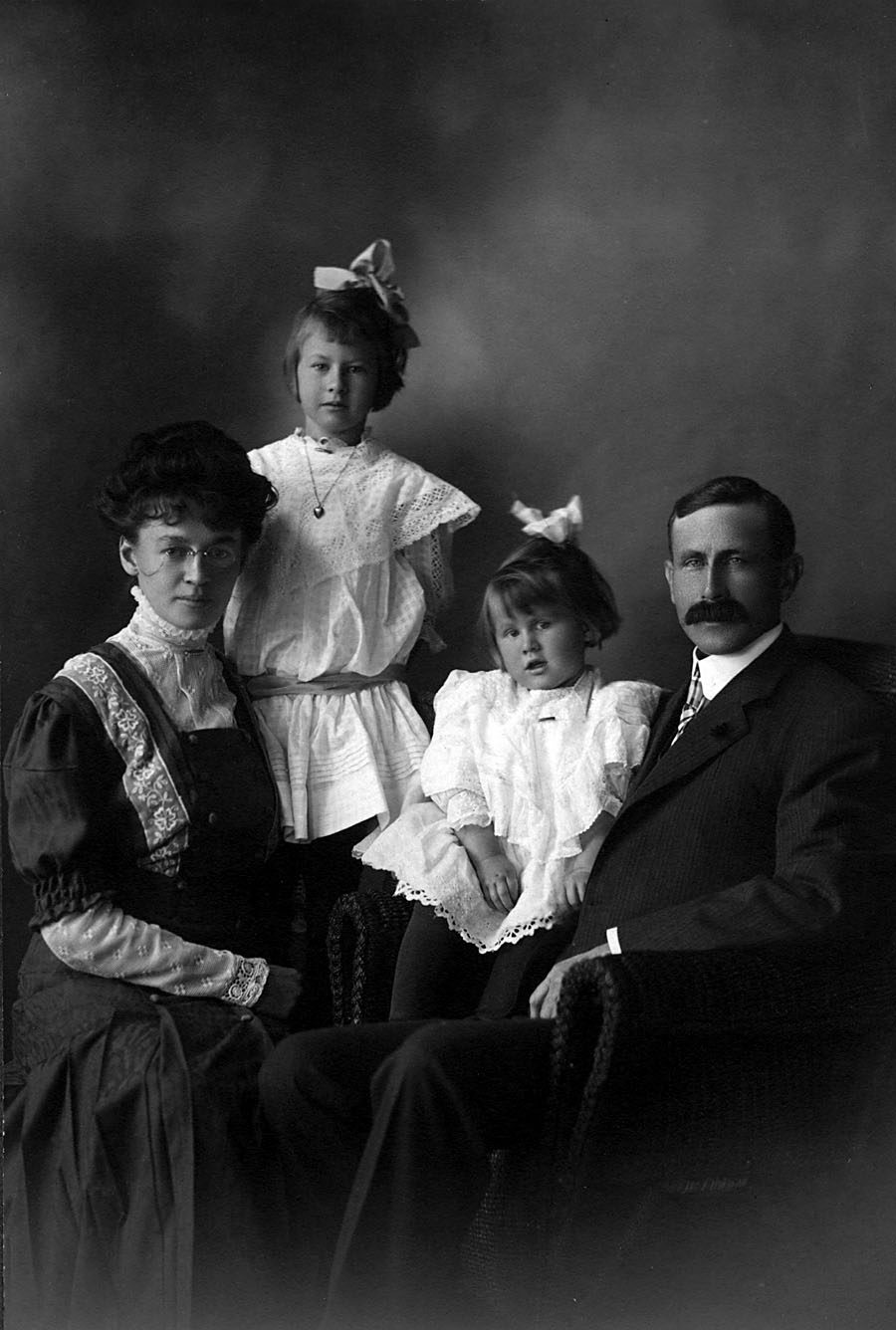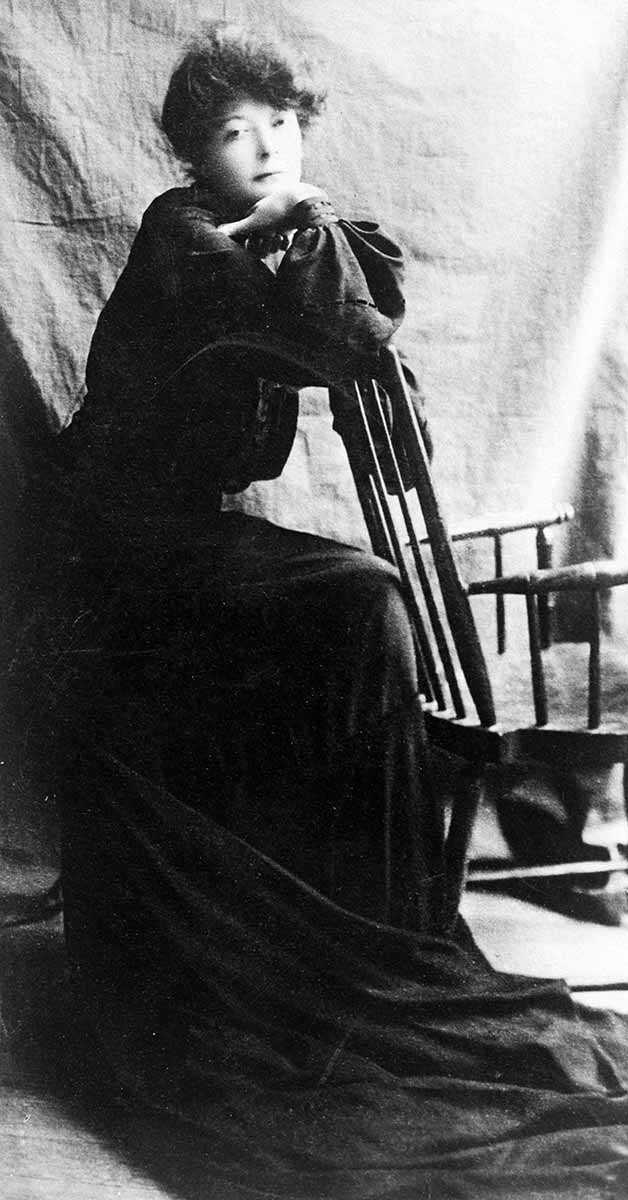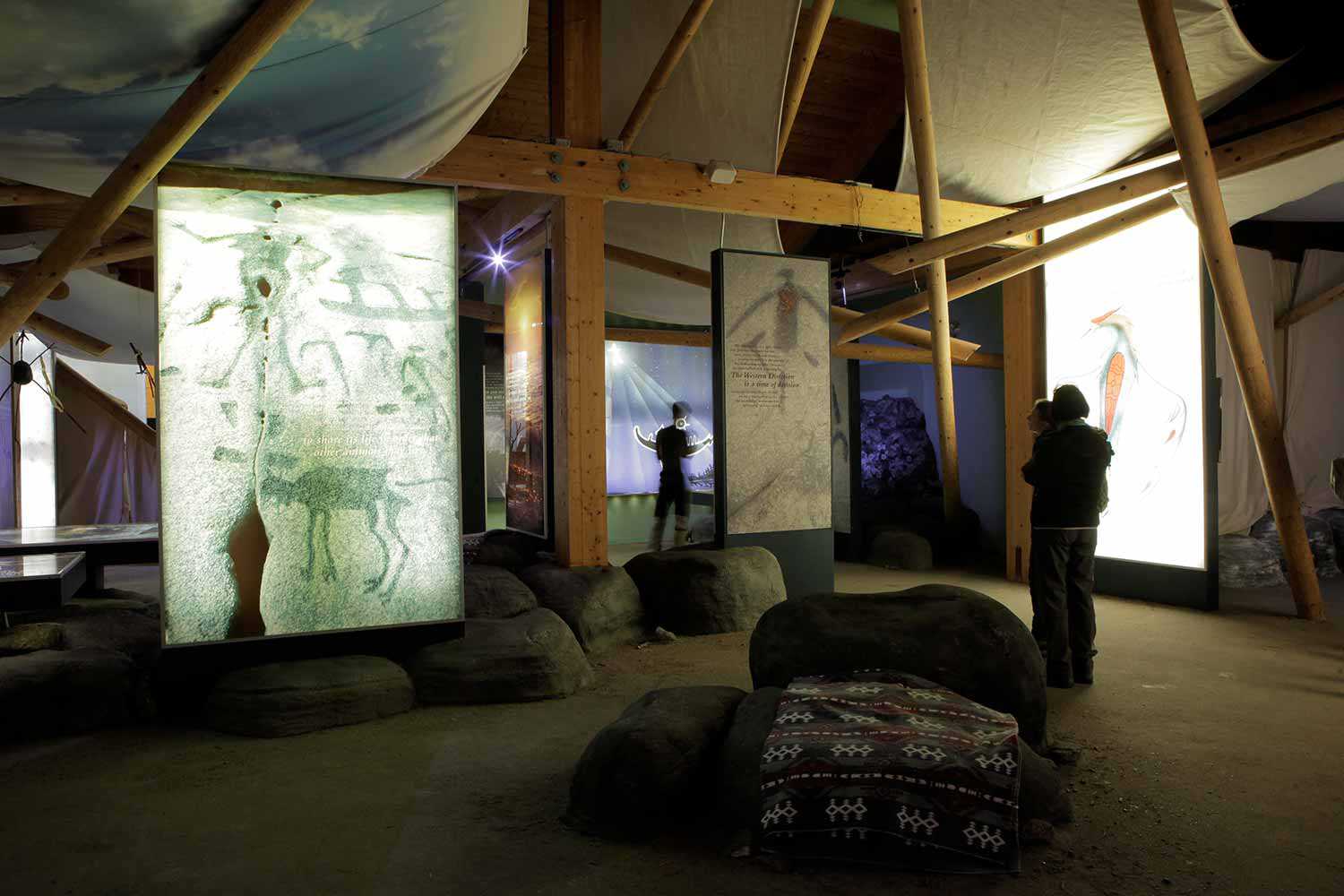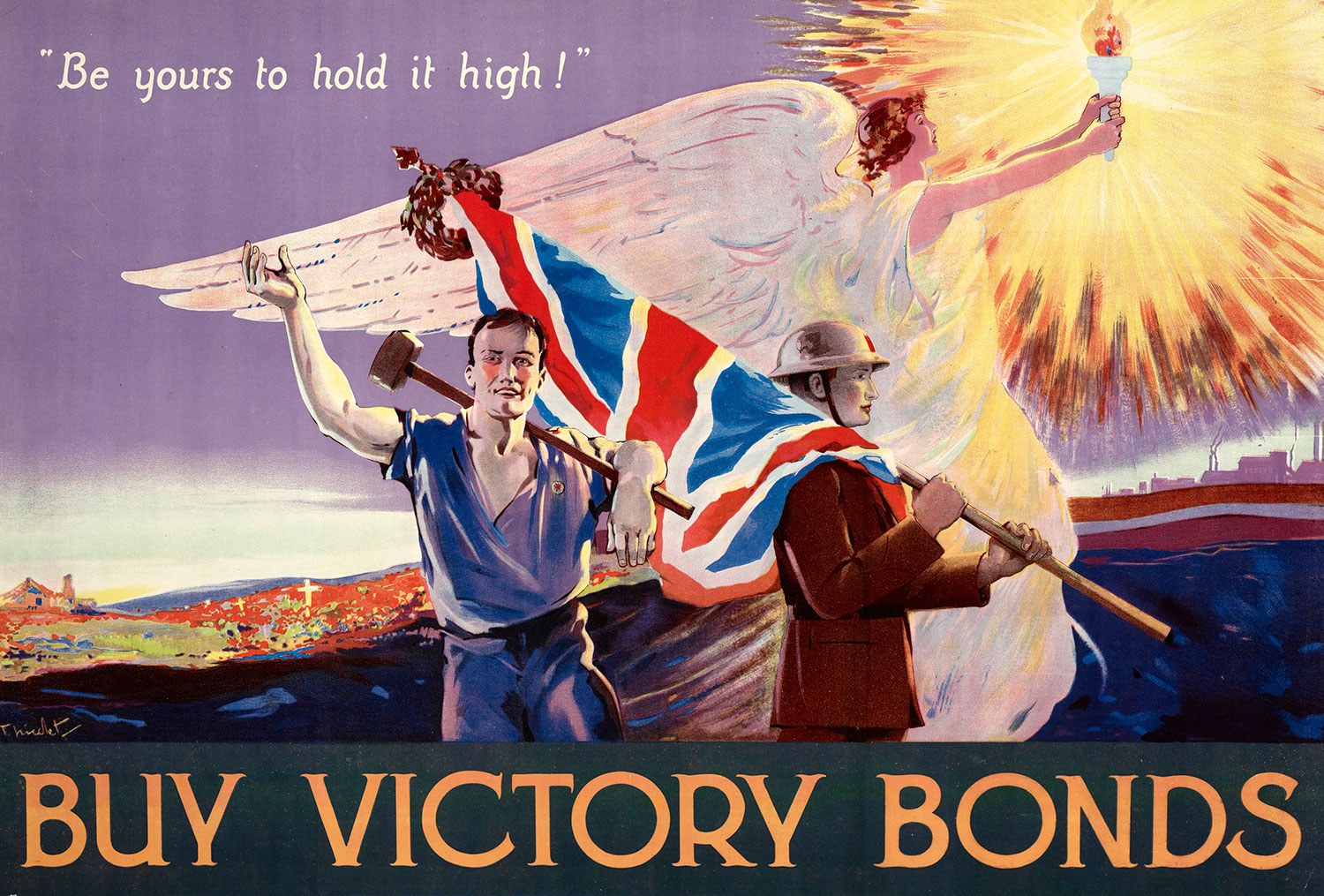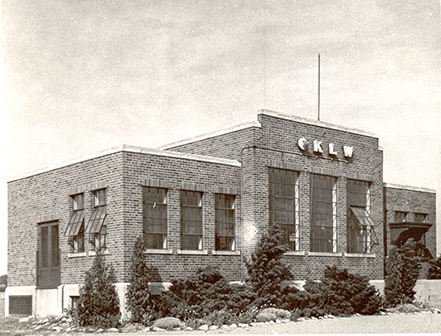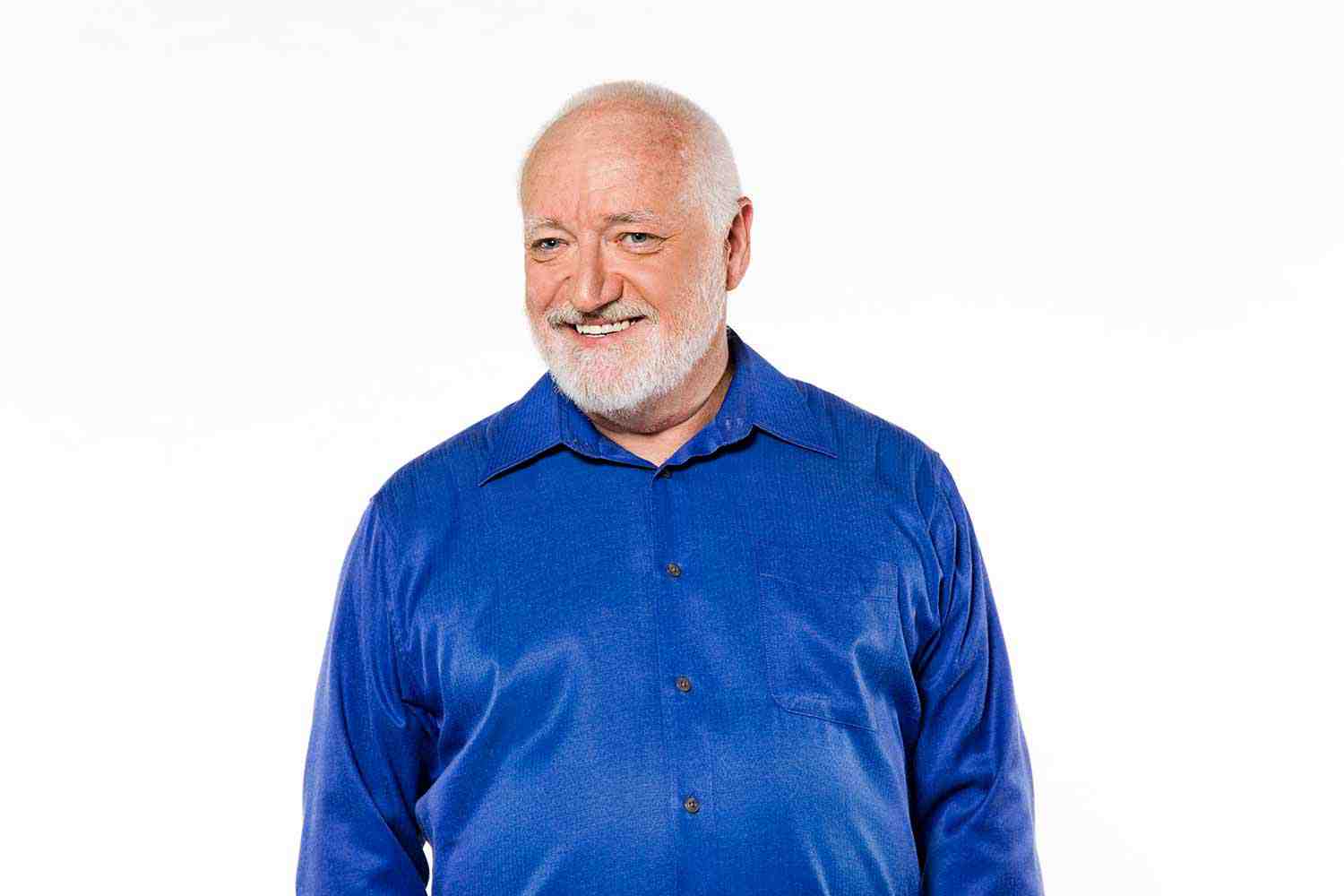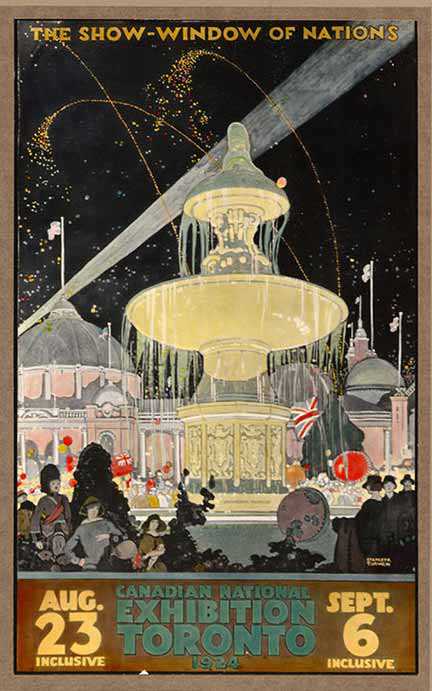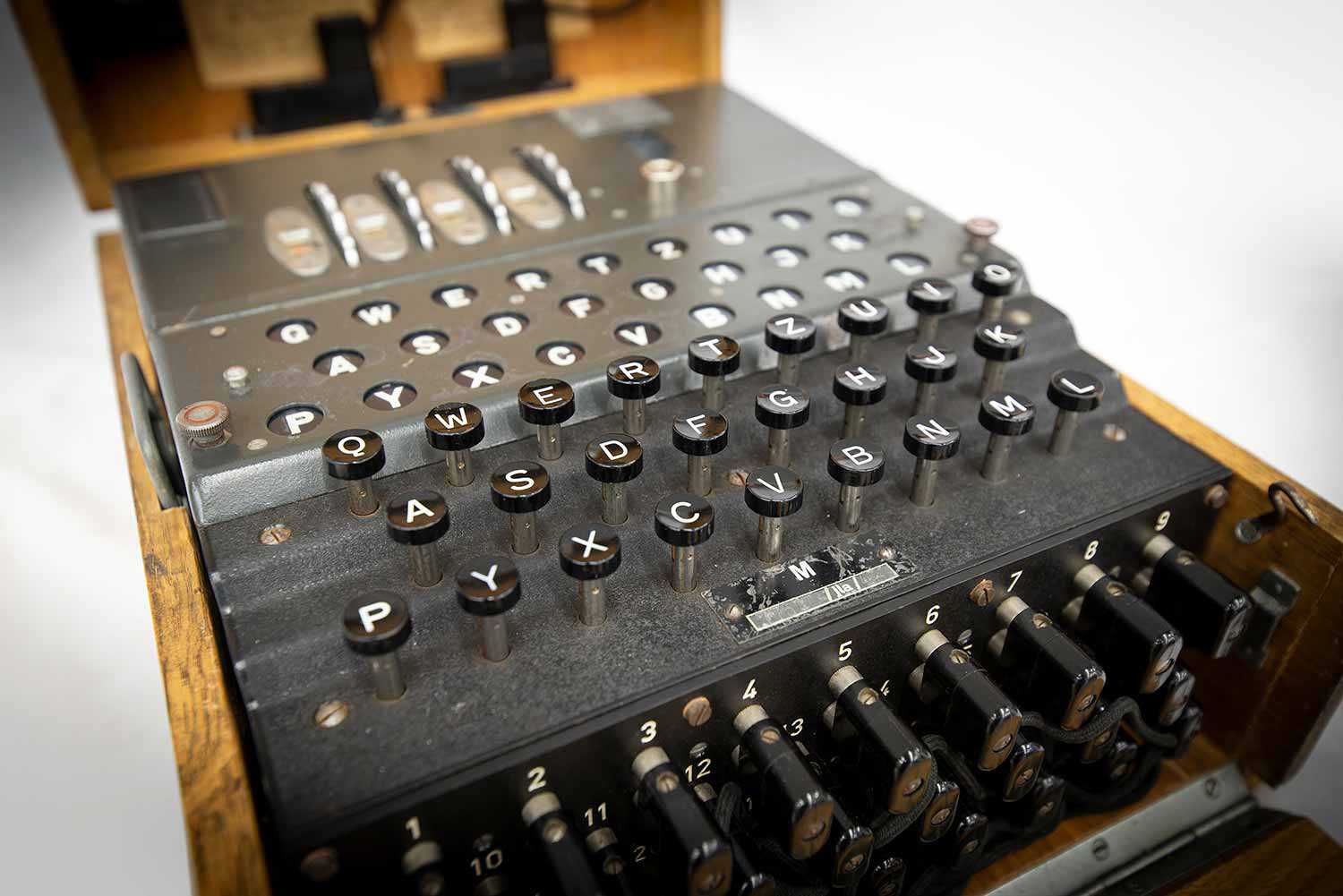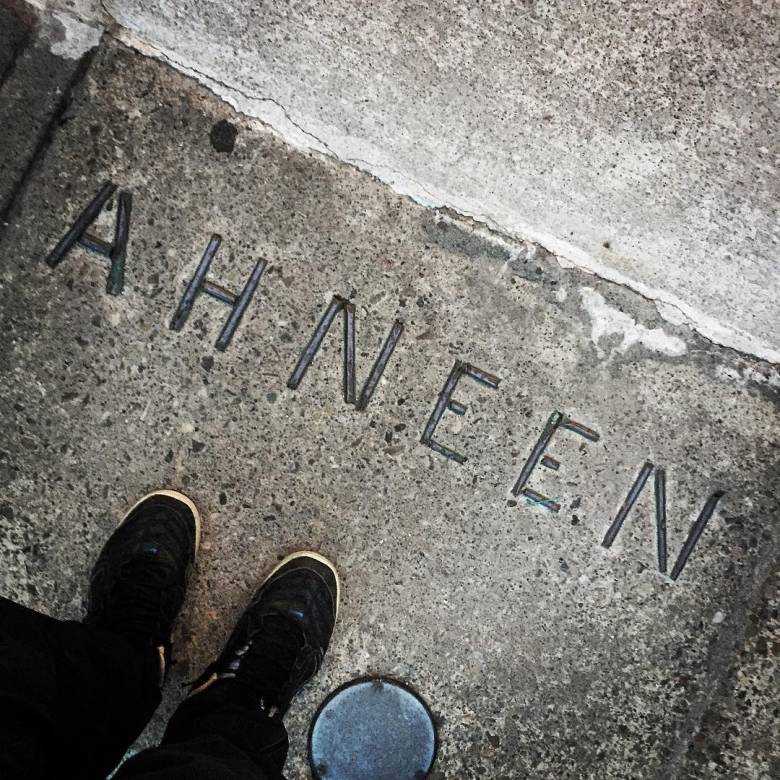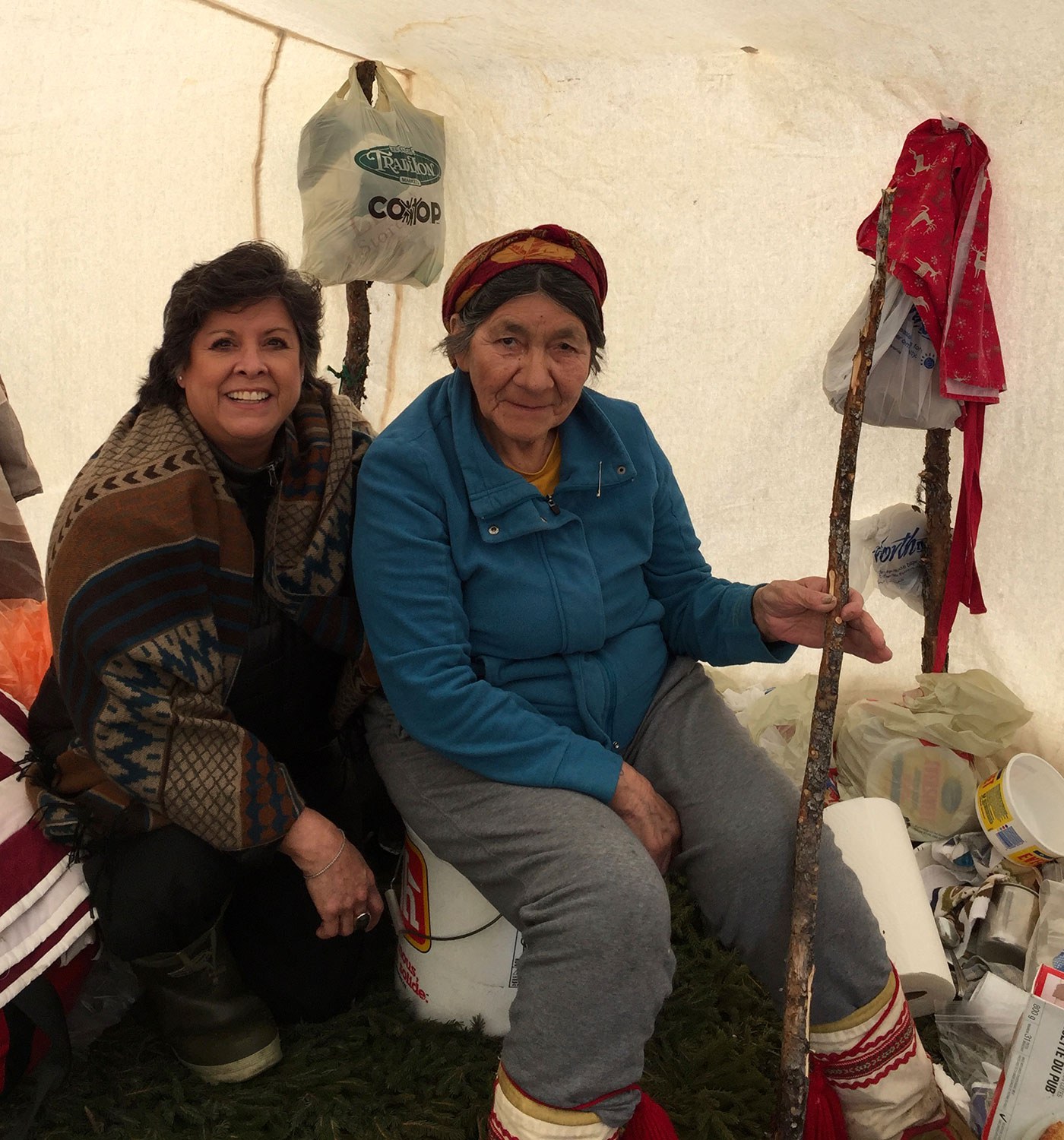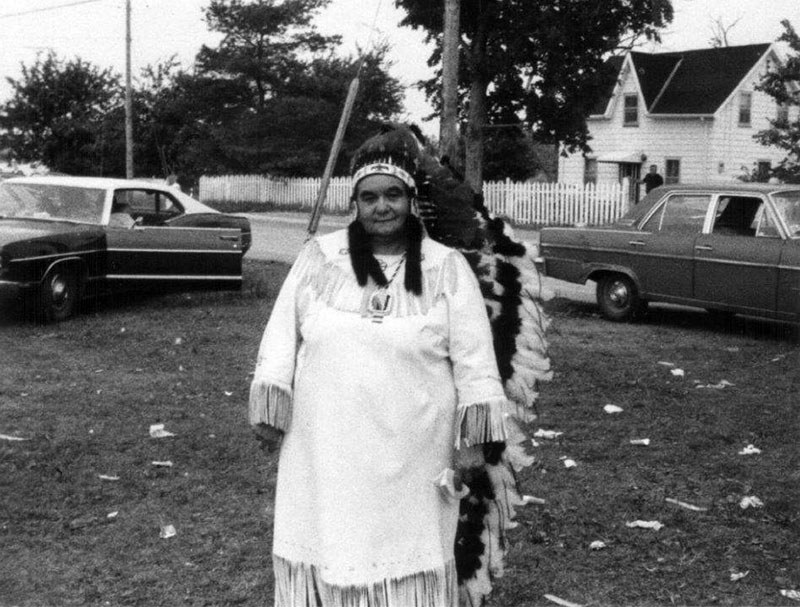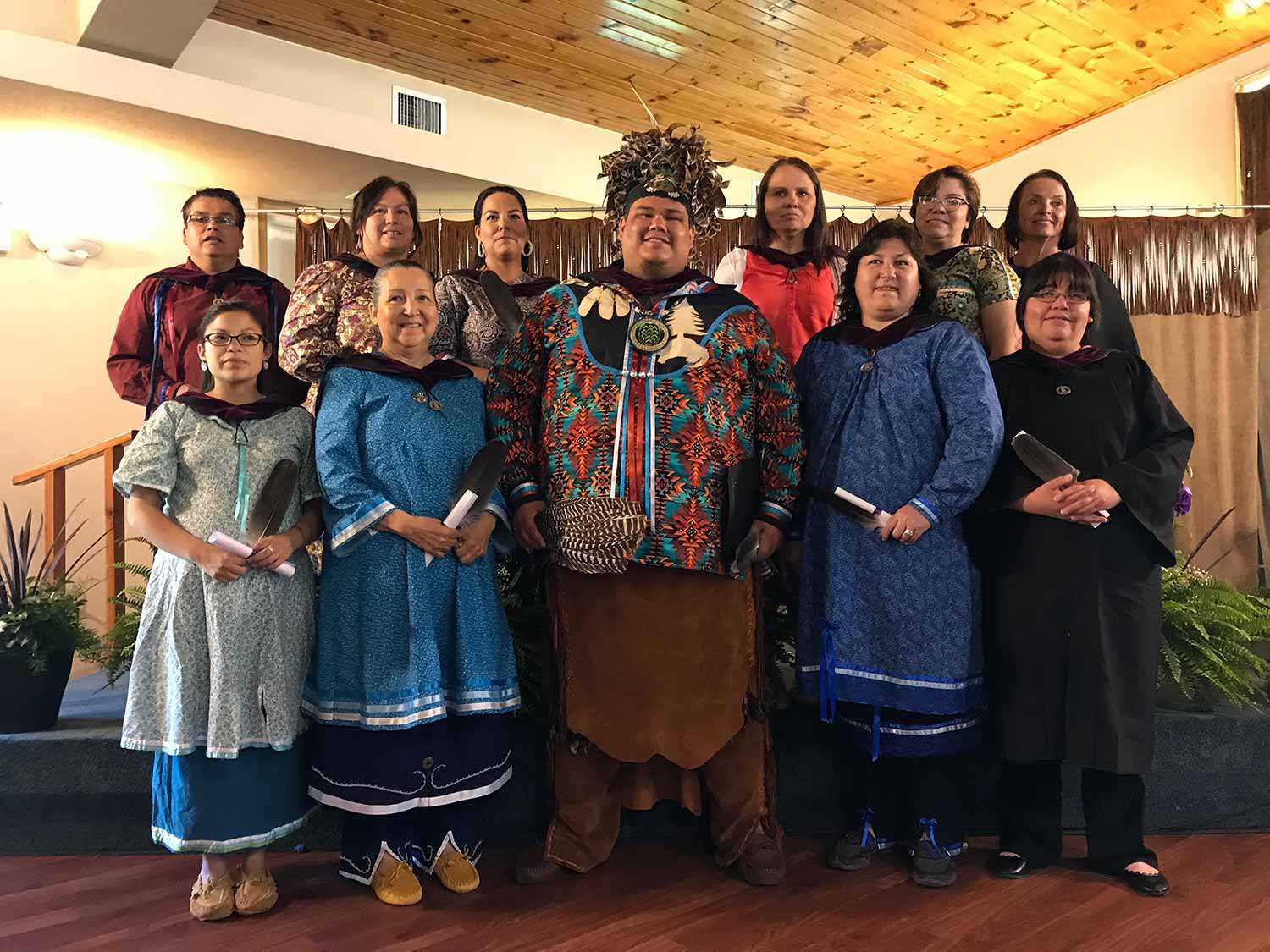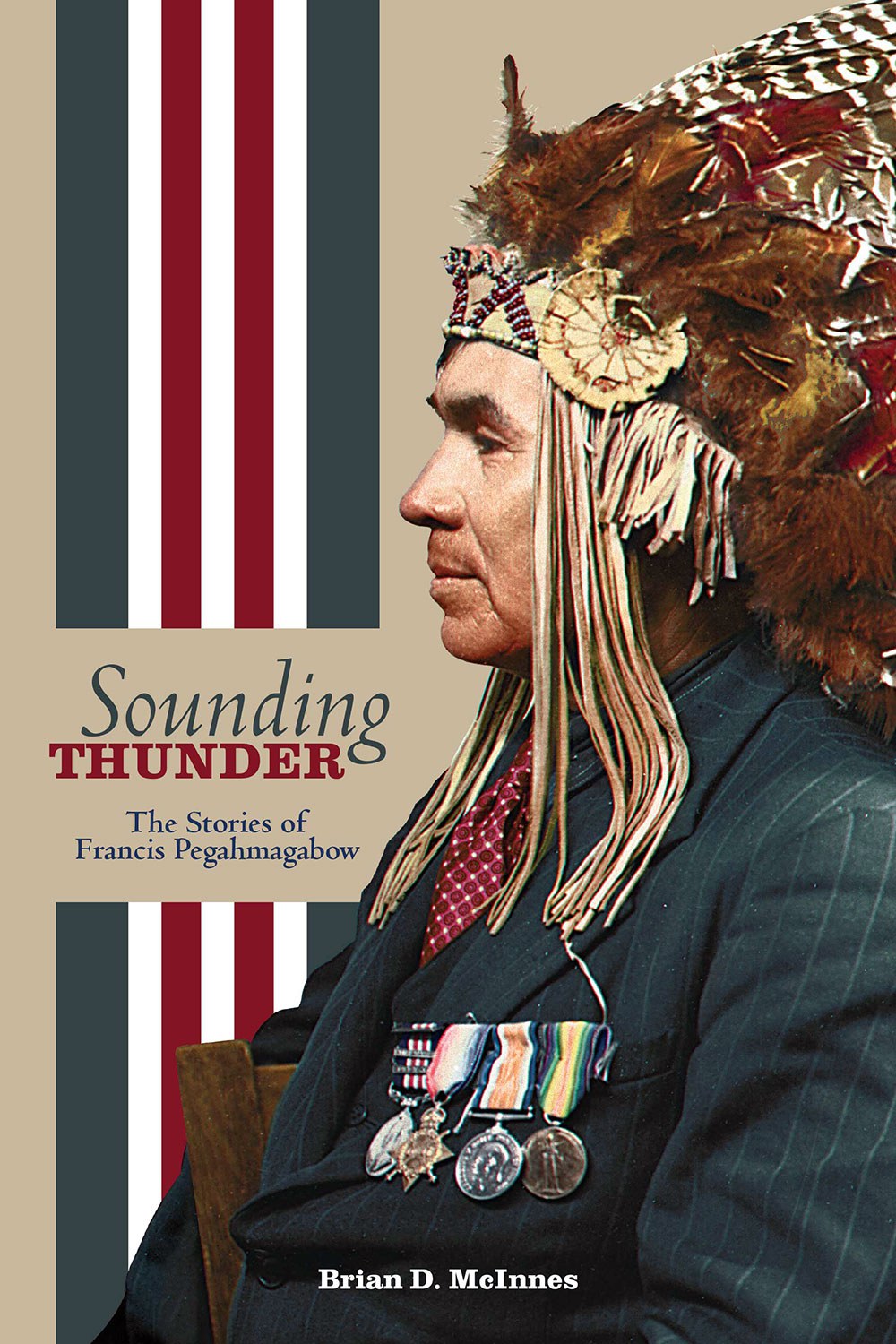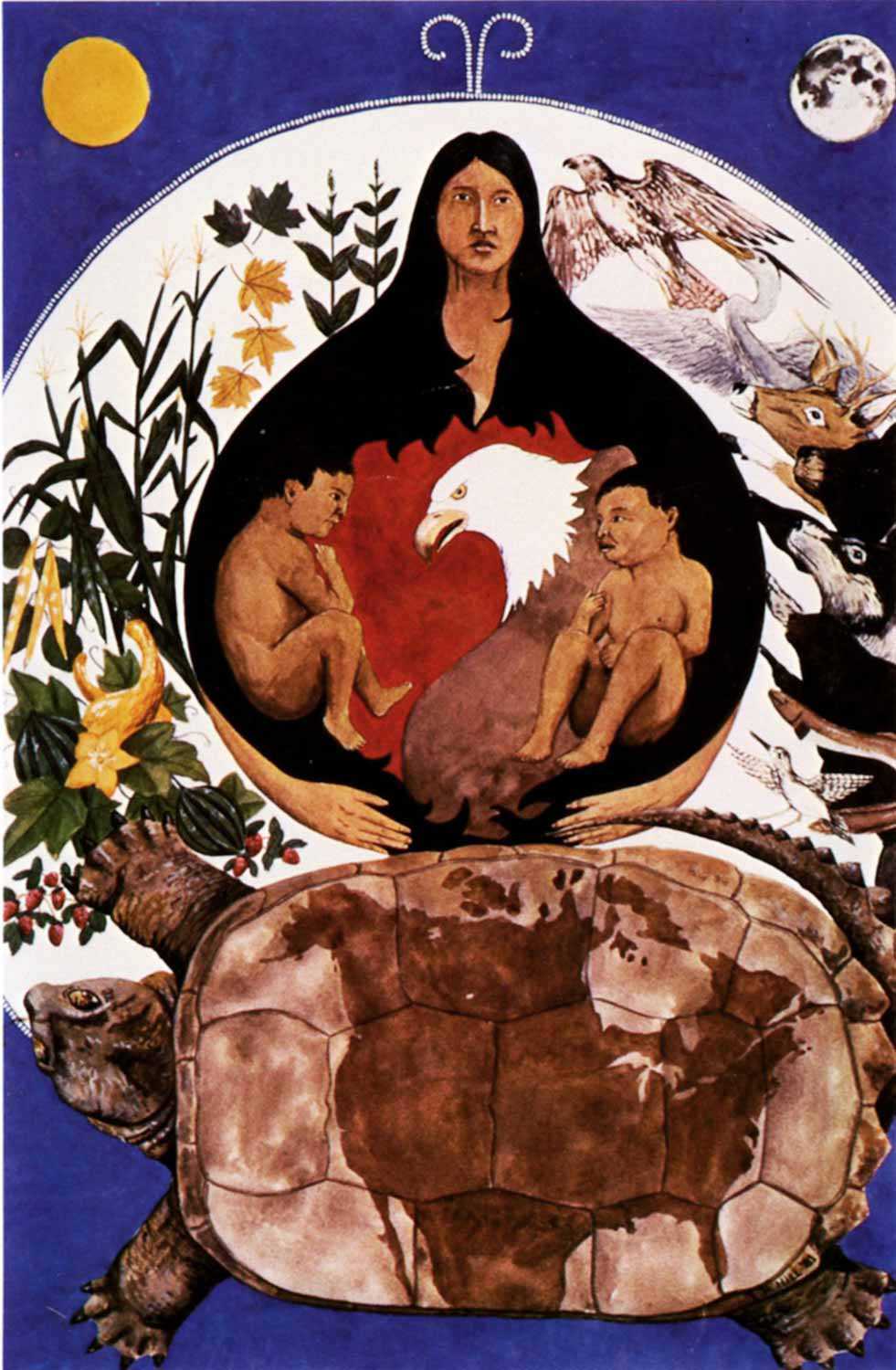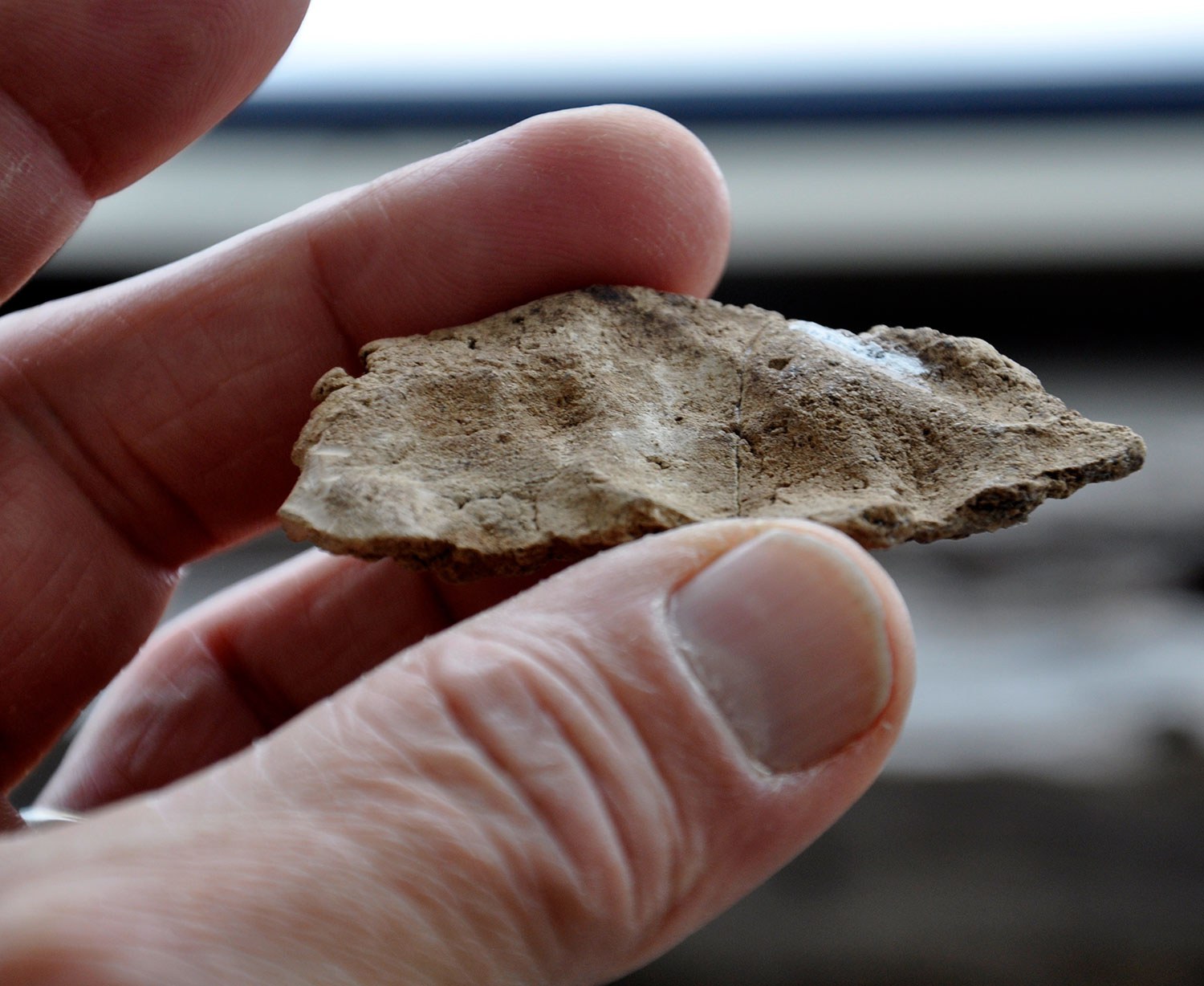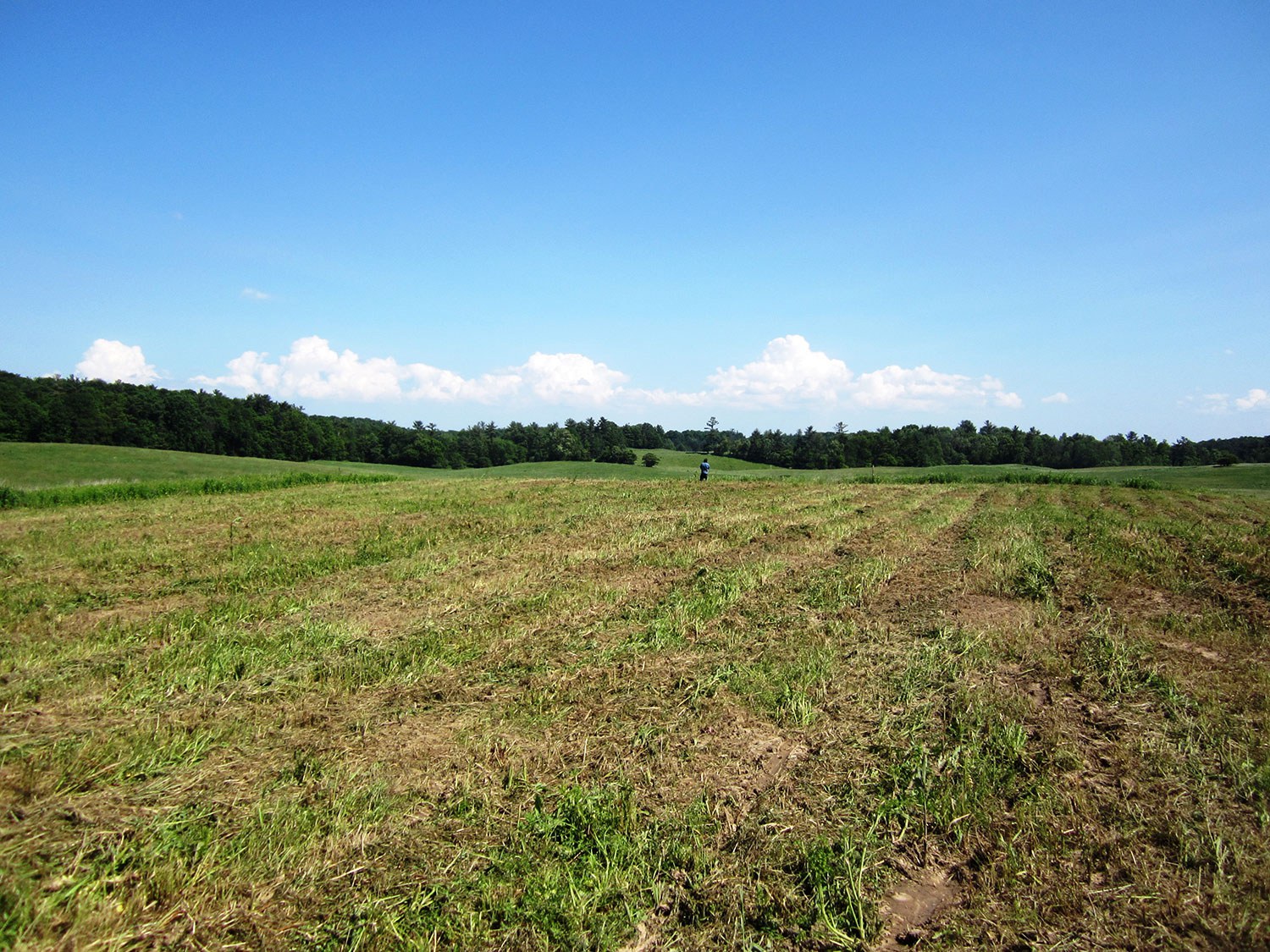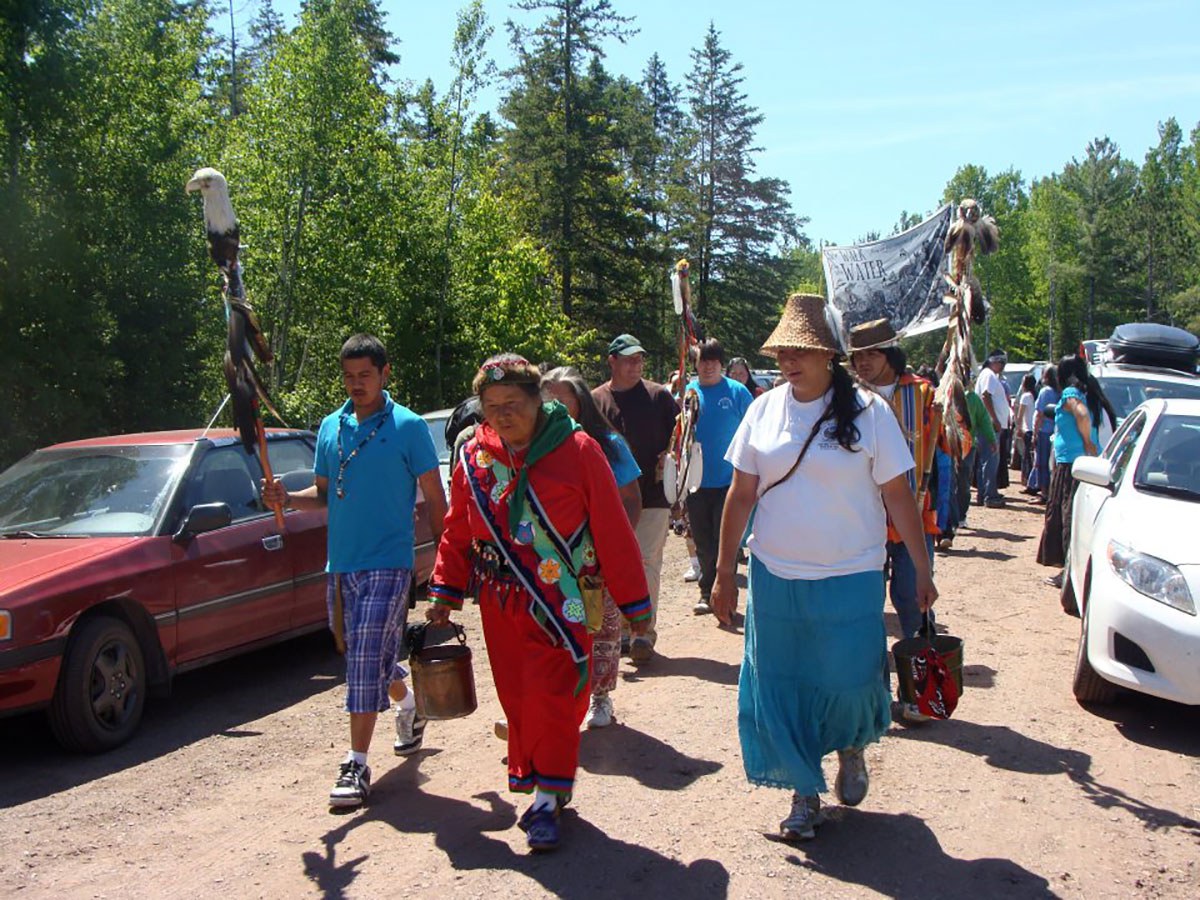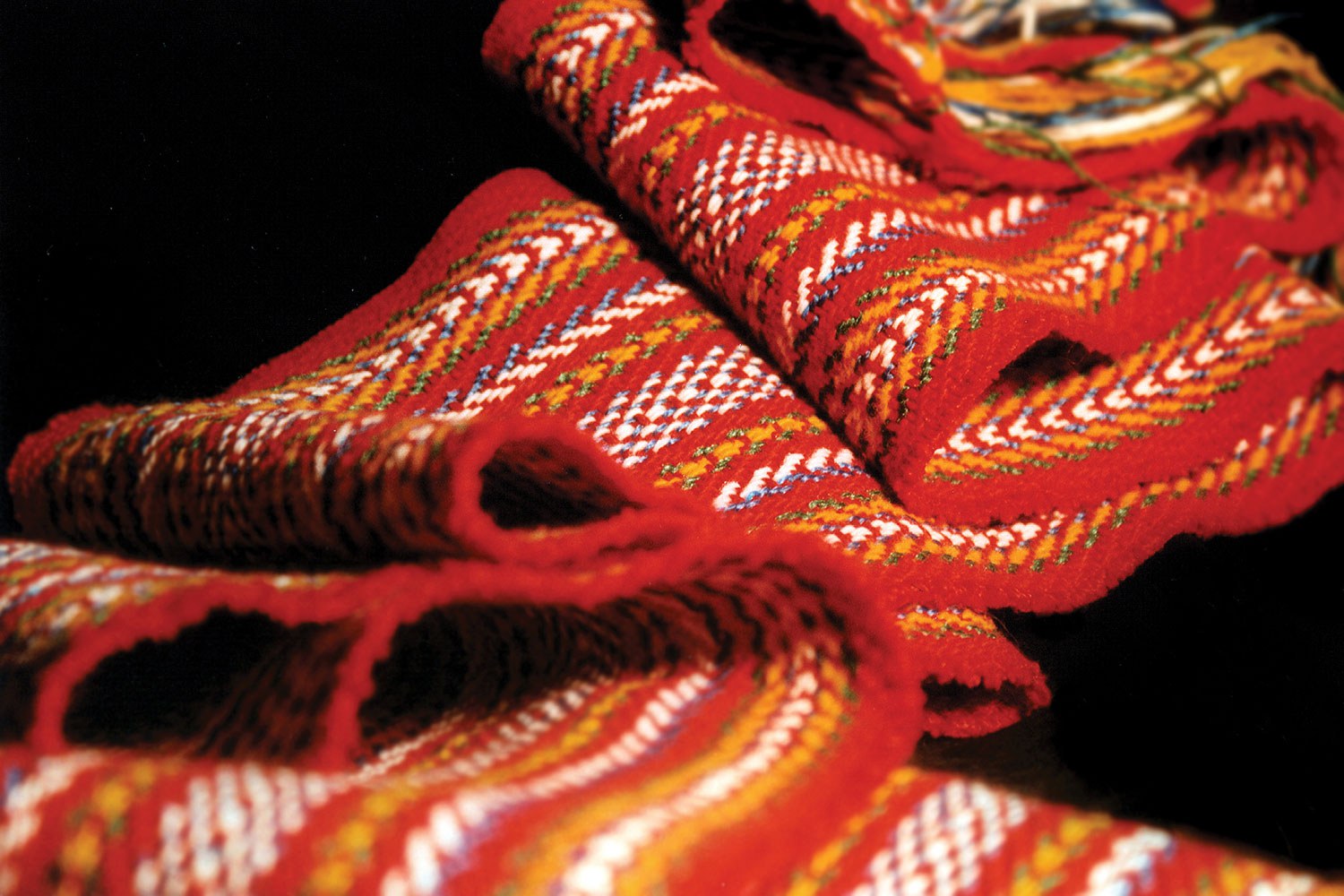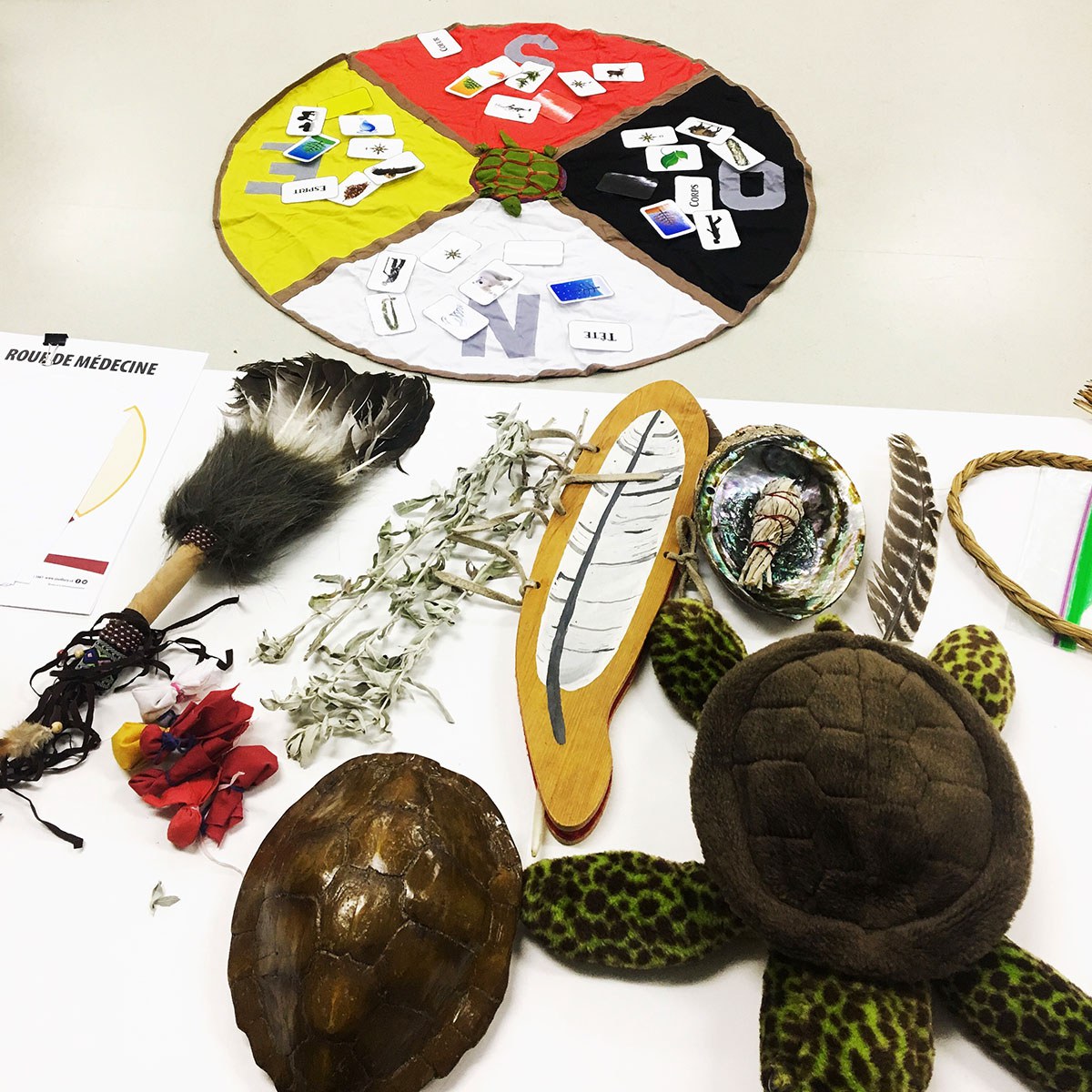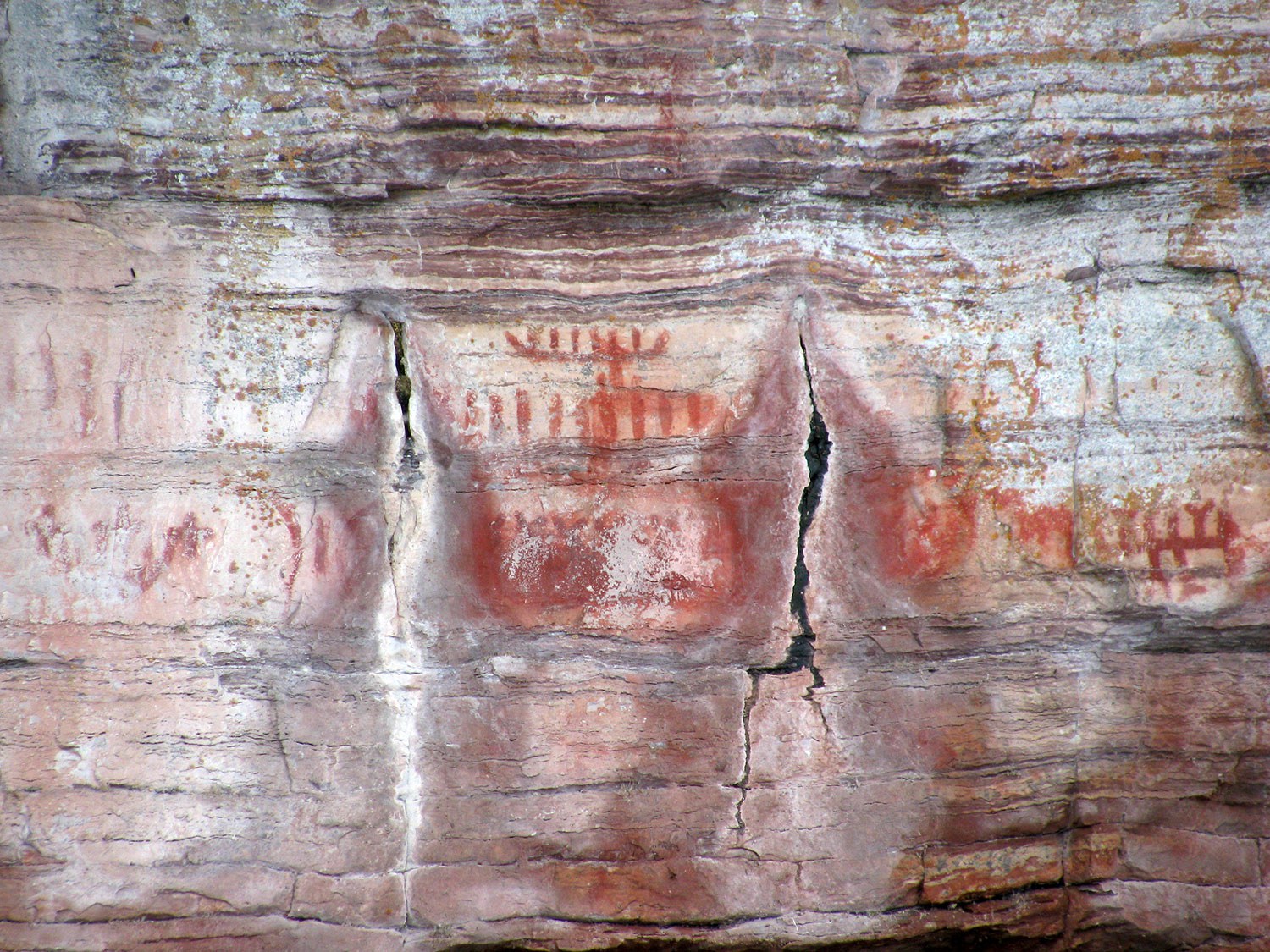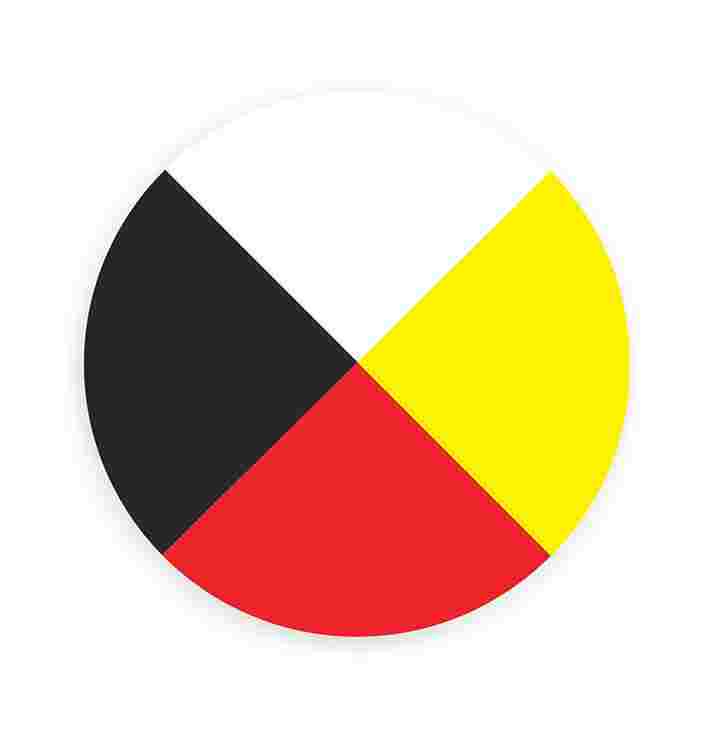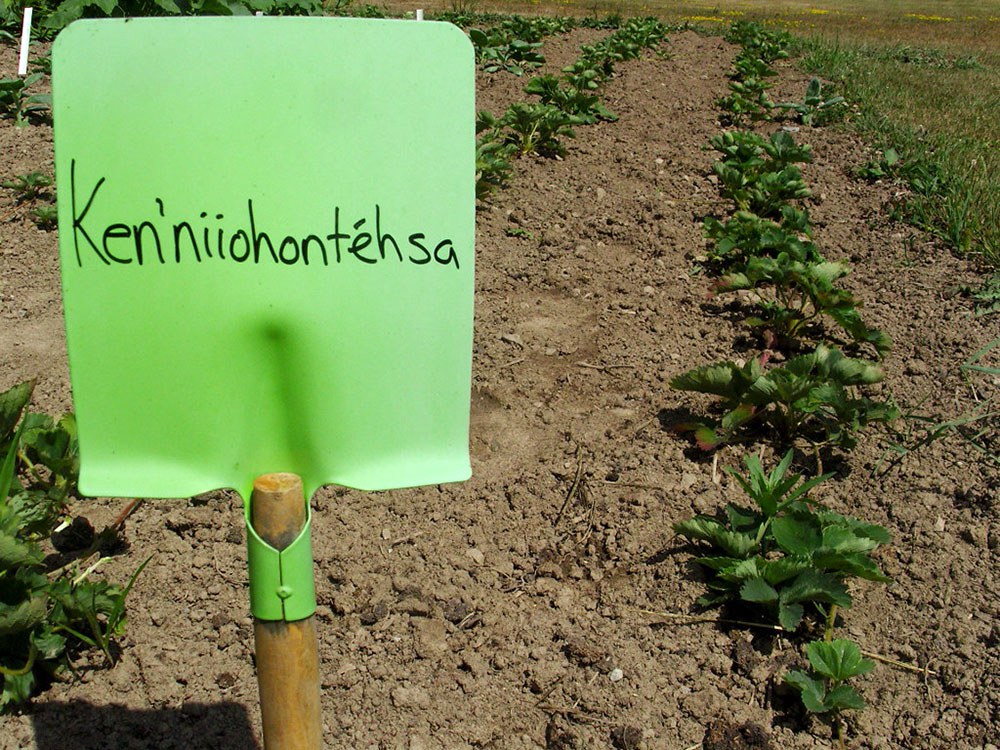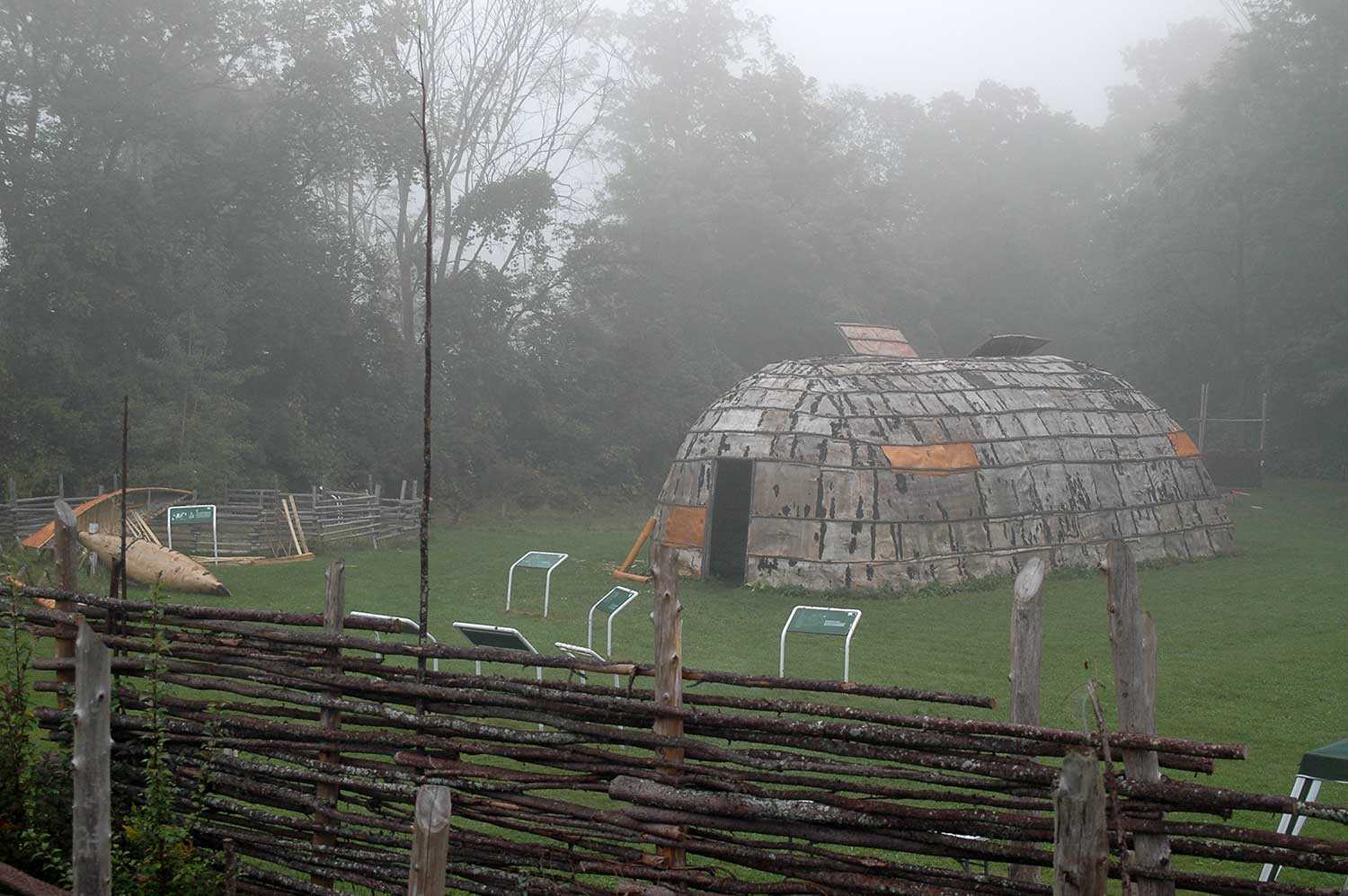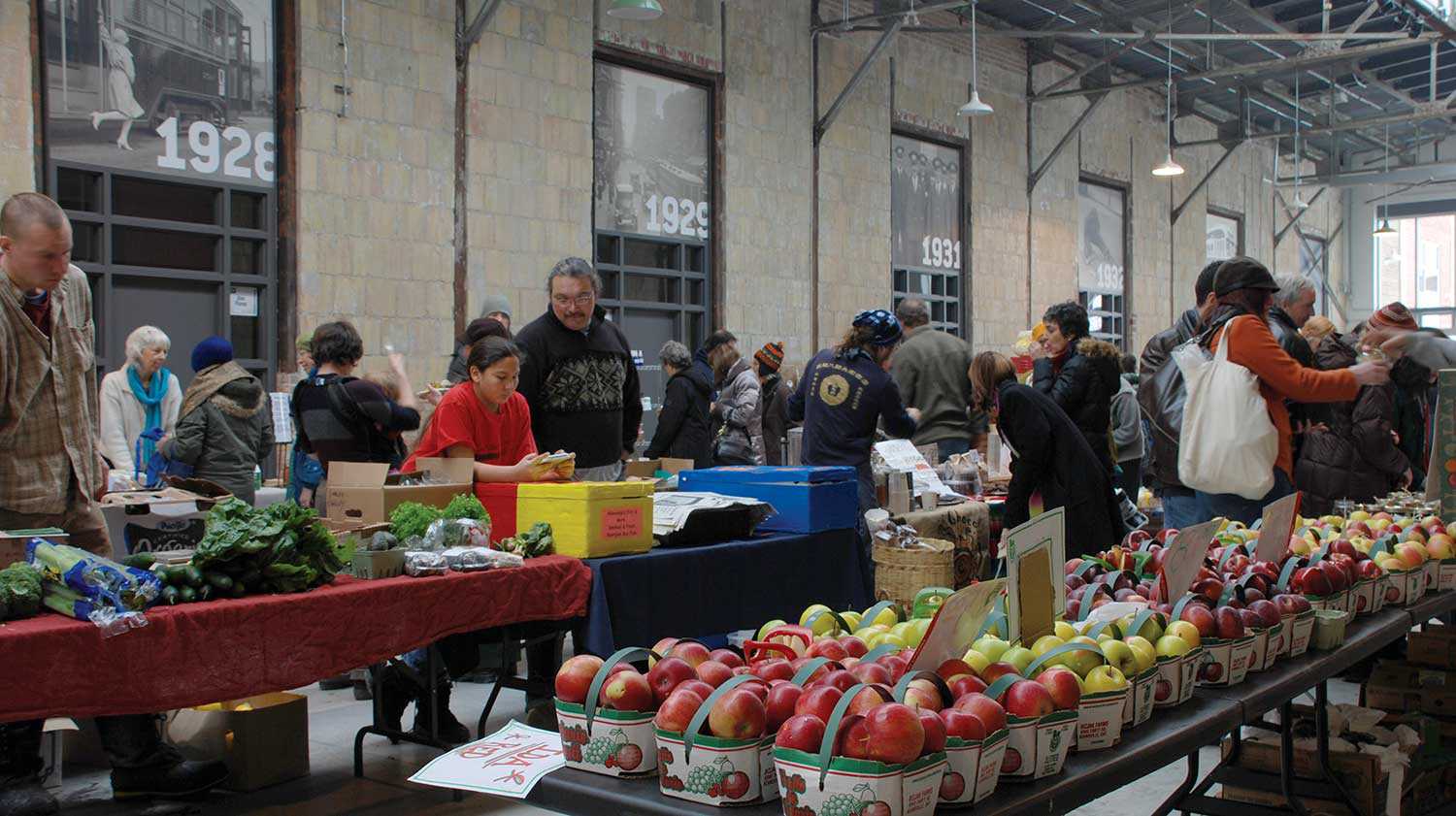

Browse by category
- Adaptive reuse
- Archaeology
- Arts and creativity
- Black heritage
- Buildings and architecture
- Communication
- Community
- Cultural landscapes
- Cultural objects
- Design
- Economics of heritage
- Environment
- Expanding the narrative
- Food
- Francophone heritage
- Indigenous heritage
- Intangible heritage
- Medical heritage
- Military heritage
- MyOntario
- Natural heritage
- Sport heritage
- Tools for conservation
- Women's heritage
Voices of Chief’s Point
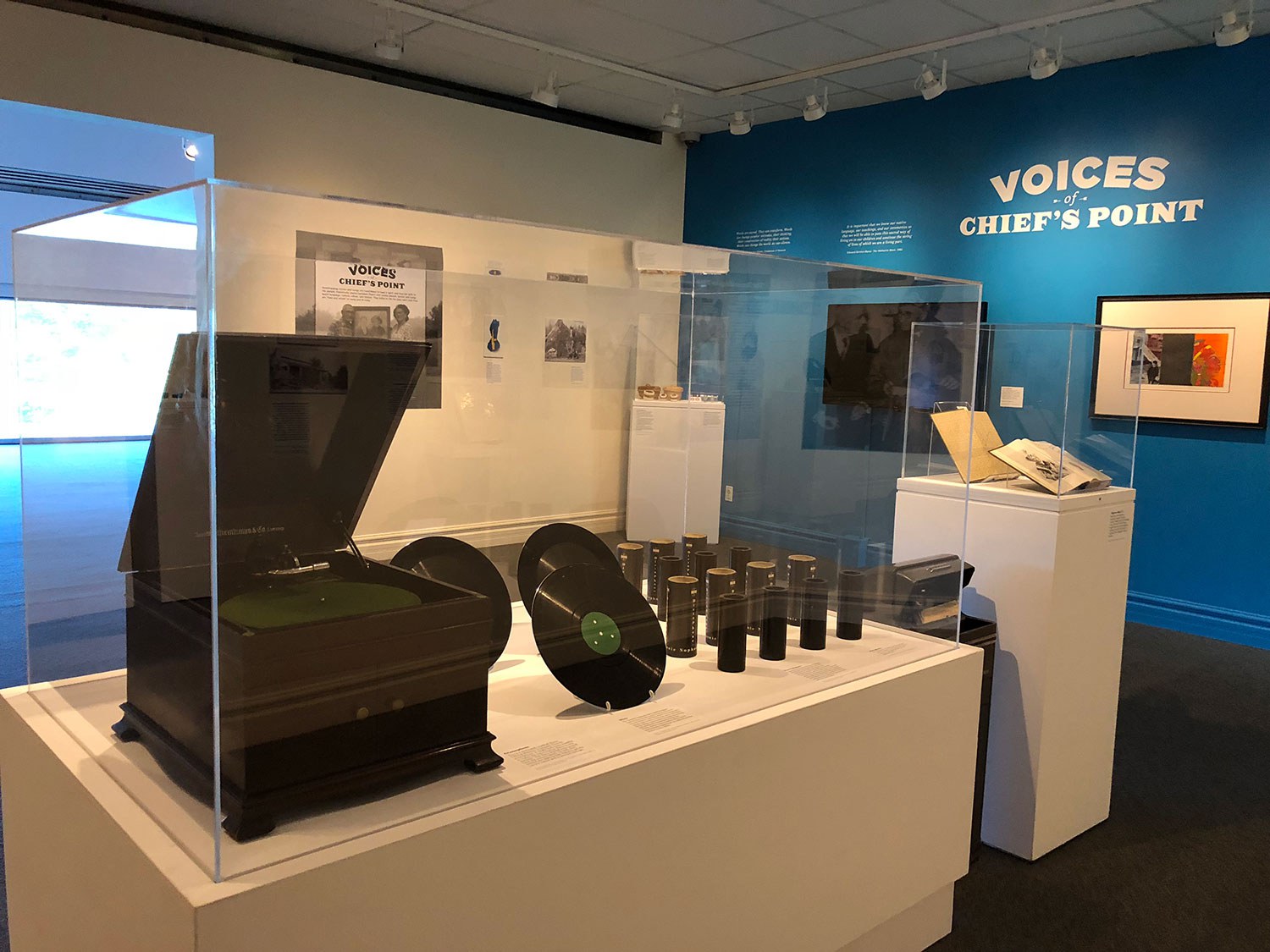

"“To hear him from those recordings just gets to me because it’s like he’s reaching from the past, from beyond, to the present. It’s a pretty awesome feeling.”"
– Bernice Kahgee, Robert Thompson’s grand-niece
In 1938, Londoner Dr. Edwin Seaborn worked with Anishinaabe Elders, Pe-wak-a-nep (also known as Robert Thompson) and his wife Eliza to record Anishinaabeg stories and songs. The songs, which included Tecumseh’s Story, Beaver Story, Thunder Bird Medicine Story, and Chippewa Love Song, among others resided on eight wax cylinders and seven lacquer-coated aluminum transcription discs. Seaborn featured Tecumseh’s Story in his 1944 book, The March of Medicine in Western Ontario. The others, as Anishinaabe scholar Bimadoshka Pucan describes it, “sat on a shelf for 80 years. Nobody even knew they were there. Nobody knew the significance of them.” So, how did they resurface?
In 2011, Pucan encountered Seaborn’s book. She recognized Tecumseh’s Story and its setting as that of her own people, the Saugeen First Nation. The search was afoot for the discs and cylinders. Were they at Western University? No. Were they at the London Public Library’s London Room? No. Were they at Museum London? Finally, a positive answer! Yes, Seaborn’s family had donated the discs and cylinders to the museum in 1975. Now, a new question: What next?
Pucan and Museum London staff became a team to reach answers. We wanted to digitize the discs and cylinders. We wanted to create an exhibition to feature them. We wanted to repatriate the intellectual content to the Saugeen First Nation so that they could share the songs and stories as widely as possible and as they felt appropriate. Said Pucan, “I didn’t want to see a digital file end up on a digital shelf for the next 80 years. I wanted to see this knowledge become a part of the community again.” None of this could happen without money. After securing a Museums Assistance Program grant from the Department of Canadian Heritage, museum staff identified leaders in conservation and digitization. They sent two broken cylinders to the Williamstown Art Conservation Centre in Williamstown, Massachusetts for treatment. And they sent the discs and cylinders to the Northeast Document Conservation Center in Andover, Massachusetts where they were digitized using state-of-the-art touchless technology called IRENE.
Listening to the songs and stories for the first time after their digitization was a powerful experience for Pucan. In tears, she called out, “I can hear you!” The next step was
to take the digital files home to the Saugeen First Nation to learn from Elders and traditional teachers. But Pucan was nervous. “I was afraid that maybe people would think that I shouldn’t be listening to them. I thought people would be angry finding out that these things had been sitting in a museum for so long.”
Pe-Wak-A-Nep (Robert Thompson) and Dr Seaborn c 1939. Photo: Robert Thompson and Edwin Seaborn, Seaborn Fonds, Western Archives, Western University, London, Canada.
That’s not what happened. Elders and traditional teachers felt an immediate connection with the songs and stories. Some recognized Robert Thompson’s voice. Others recognized words in Anishinaabemowin that are no longer used today or are used differently. All of them recognized the cultural and medicinal importance of the songs and stories. Thanks to the Elders and traditional teachers, Pucan learned that the content of the cylinders and discs is unique. American ethnologist Frances Densmore made thousands of recordings of Chippewa (Anishinaabe) songs in the late 19th and early 20th centuries. But the Thompsons’ songs and stories are not among them. Lori Kewaquom, Saugeen First Nation Cultural and Wellness Coordinator, sums up best the gift to the present represented by the Thompsons’ songs and stories: “It’s really, really important to know who we are and to have this type of connection is just so beautiful.”
With knowledge and insight gained from her community, Pucan – serving as guest curator – worked with Museum London staff to create the exhibition Voices of Chief’s Point. Its goal was threefold: to celebrate the Saugeen First Nation, to honour Robert and Elizabeth Thompson, as well as Dr. Edwin Seaborn, and to highlight the importance of the songs and stories to a people and culture rebuilding
after the devastation of the residential school system and the Indian Act.
We think that we achieved our objectives. In a feedback book, one Indigenous woman wrote: “Hearing the
language of my grandfather being spoken moved me to tears. These songs are powerful medicine.” Non-Indigenous visitors, too, appreciated the exhibition.
Bimadoshka Pucan continues to share these songs and stories. Voices of Chief’s Point travels to the Bruce County Museum and Cultural Centre in September 2019.
“Anishinaabe people are resilient. They are strong. They’re adaptable. They’re industrious. And they know how to think for themselves.”
– Bimadoshka Pucan, Guest Curator, Voice of Chief’s Point

